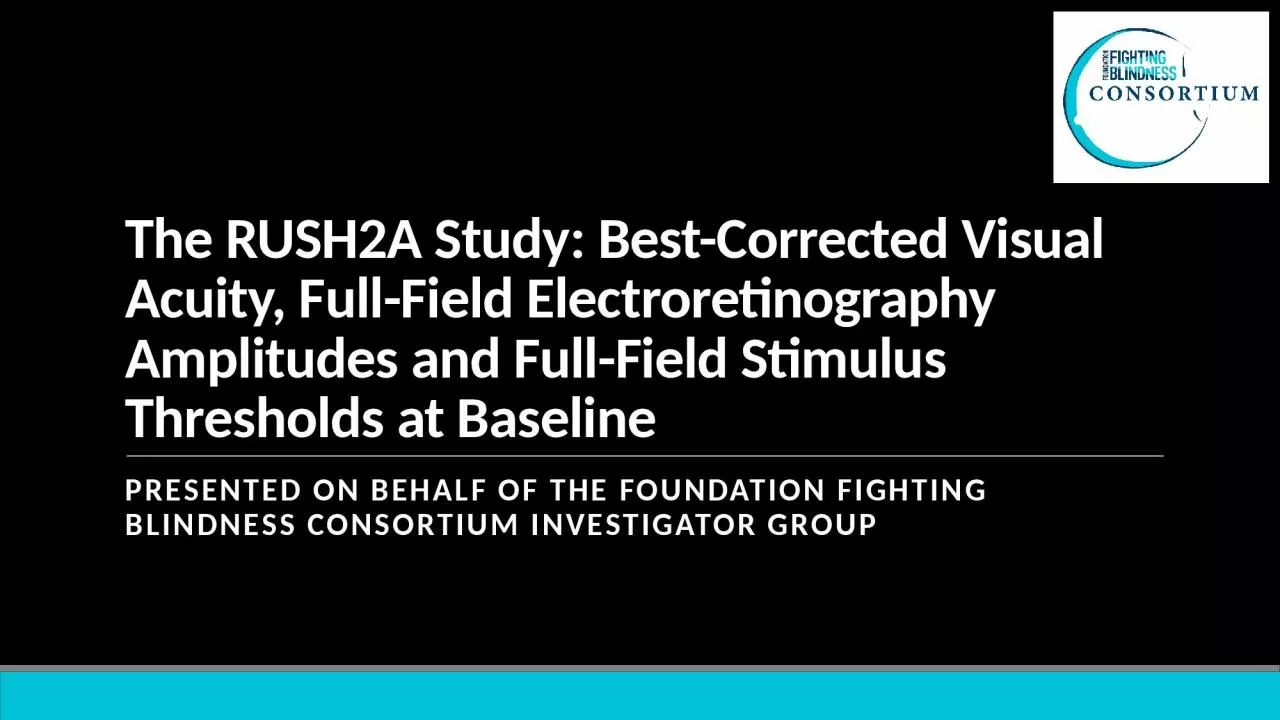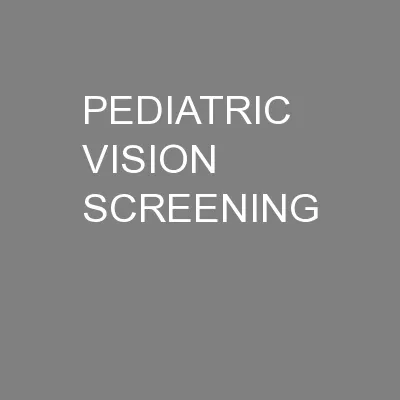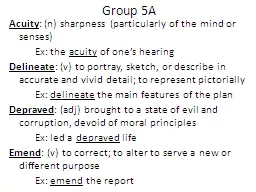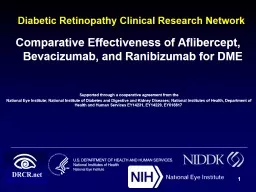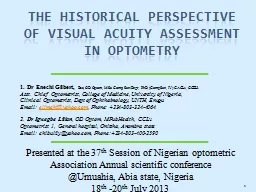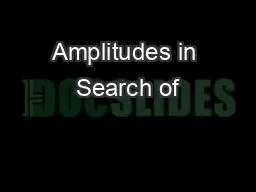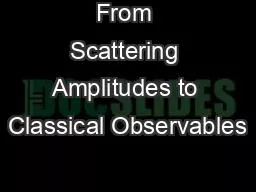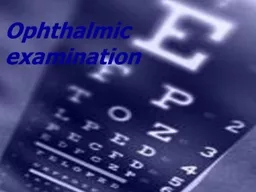PPT-The RUSH2A Study: Best-Corrected Visual Acuity, Full-Field Electroretinography Amplitudes
Author : garcia | Published Date : 2022-06-11
Presented on behalf of the foundation fighting blindness consortium investigator group Background Variants in the USH2A gene are common causes of inherited retinal
Presentation Embed Code
Download Presentation
Download Presentation The PPT/PDF document "The RUSH2A Study: Best-Corrected Visual ..." is the property of its rightful owner. Permission is granted to download and print the materials on this website for personal, non-commercial use only, and to display it on your personal computer provided you do not modify the materials and that you retain all copyright notices contained in the materials. By downloading content from our website, you accept the terms of this agreement.
The RUSH2A Study: Best-Corrected Visual Acuity, Full-Field Electroretinography Amplitudes: Transcript
Download Rules Of Document
"The RUSH2A Study: Best-Corrected Visual Acuity, Full-Field Electroretinography Amplitudes"The content belongs to its owner. You may download and print it for personal use, without modification, and keep all copyright notices. By downloading, you agree to these terms.
Related Documents

